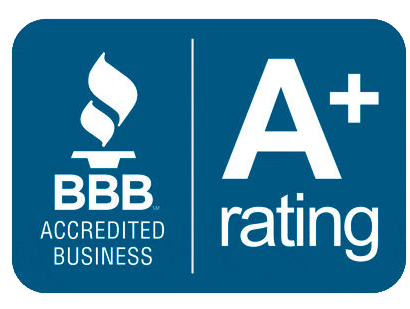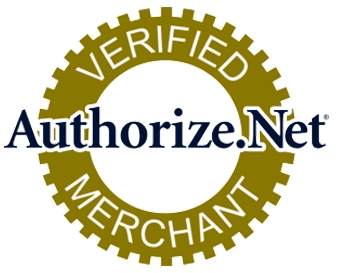Guide to aed pads
AED Electrode Pads
In the event of Sudden Cardiac Arrest (SCA) a quick response with an Automated External Defibrillator (AED) is vital for increasing the chances of survival. Whether you are applying the pads to an adult or child, it is important to know how to properly apply the AED pads to ensure adequate help is being given.
Always call or ask bystanders to call 911 before applying the AED.
How to use AED Pads?
The first step to placing AED pads on an adult is to remove anything that might affect or obstruct the adhesion and conductivity of the shock. Some things to look out for include jewelry, body hair, and moisture.
- Body hair on the chest and back should be shaved with a razor prior to applying the pads so that they can properly adhere to the victim.
- Metal Jewelry such as necklaces and nipple piercings could affect electricity conduction if they come in contact with the electrodes.
- Moisture on the victim can affect both the adhesion and conduction of the pads and should be dried off before placing them.
Adult Pad Placement
Simple graphics are printed on the packaging of AED pads that show the optimized placement recommended by the manufacturer. The American Heart Association (AHA) recommended placement for pads is the same for men and women, even pregnant women, and involves placing the pads. Typically one pad is placed on the victim's upper pectoral muscle right below the collar bone and the other should align right below the chest or under the breast for female patients.
Child Pad Placement
When treating children suffering from cardiac arrest the resuscitation process is similar to treating adults with one key difference. Pediatric AED pads are typically smaller and designer for children under 8 years old or weighing less than 55 pounds (25 kg). The recommended pad placement involves placing one pad on the center of the child's chest, just below the collarbone, and the other on the center of their back, between the shoulder blades.
Types of AED Pads
- Standard AED Pads typically come in a pair and are connected to the AED device through cables. They are designed for application on an adults or children over 8 years of age weighing more than 55 pounds.
- Pediatric AED Pads are designed to be used on children less than 55 lbs or under 8 years old. Proper placement on a child's chest and back, allowing for the delivery of a safe and controlled electric shock
- CPR Feedback AED Pads are equipped with sensors that monitor the depth and rate of chest compressions when performing CPR. These pads give feedback to ensure quality CPR is given. (G5, Zoll AED Plus, and CR2)
- Pad-Paks reduce the cost of maintenance by combining both electrode pads and battery into a single unit. This all-in-one design simplifies AED maintenance by ensuring that both critical components are replaced simultaneously. (HeartSine 350p, 360p, and 450p)
- Uni-Pads can be used on both adults and children in emergency situations. These pads have the ability to adjust energy levels to ensure effective defibrillation is given and remove the need to carry two separate pads. (CR2, Zoll AED 3, and FRx*)
- Training AED Pads are semi-adhesive to allow for multiple uses. These specialized adhesive pads are designed for use in simulated training scenarios to show users on proper AED application techniques.
Why do AED Pads need to be replaced?
Even though AED pads are sealed before use, the FDA assigns expiration dates based on the tested integrity of componentry to ensure that pads are working at their full strength when they are needed. Pads have an expiration date due to the aging of the pad's conductive adhesive. Worn out or old pads may not adhere properly to the victim and could impede with the delivery of a life saving shock.
When you purchase an AED Pad or Battery from AED Professionals, we'll remind you 90, 60 and 30 days before they are due to be replaced. We'll help you stay on top of your units maintenance and ensure that it's ready for rescue whenever it's needed.












